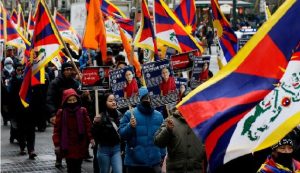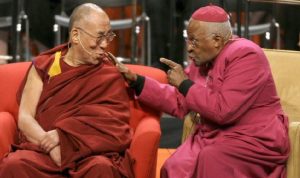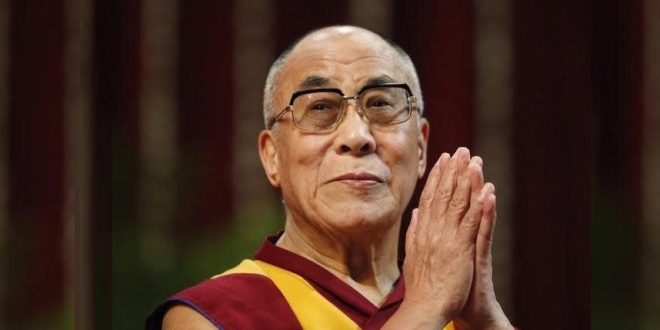21-04-2023
TIBET: An online backlash to the Dalai Lama has rejuvenated a long-running controversy over Tibetan history and boosted a Chinese government narrative.
 The Tibetan Buddhist leader has faced widespread criticism after a video surfaced showing him kissing a young boy and asking him to suck his tongue. The Dalai Lama has since expressed regret.
The Tibetan Buddhist leader has faced widespread criticism after a video surfaced showing him kissing a young boy and asking him to suck his tongue. The Dalai Lama has since expressed regret.
The incident has sparked significant online vitriol against the spiritual leader.
While much of it centres on the video, accusing him of inappropriate behavior and child abuse, a significant portion of the criticism accuses him of complicity in “slavery”, using highly disputed definitions seen in Chinese propaganda.
There are also concerns that overall, the online backlash is fueling anti-Tibet sentiment.
Activists say that while many of the talking points have long existed online – propagated by pro-China accounts – they are now attracting a wider audience as the video controversy renews global attention on Tibet.
‘Slavery’ narrative
In Twitter threads and TikTok videos that have attracted millions of views and retweets, social media users are discussing the living conditions and lack of rights held by ordinary Tibetans before the country was annexed by China in the 1950s.
 Many describe this as “slavery”. They also frame the Chinese annexation as an act of liberation for Tibetans.
Many describe this as “slavery”. They also frame the Chinese annexation as an act of liberation for Tibetans.
They argue that as the Tibetans’ spiritual leader the Dalai Lama was complicit, and some posts label him a “demon” and “slave-owner” but these characterizations of Tibetan society and China’s annexation have long been controversial – and mirror the Chinese government’s rhetoric.
Beijing promotes a narrative where it freed “serfs and slaves” from a brutal theocracy, set Tibet on a path of modernization, and vastly improved Tibetans’ lives.
It has also accused the Dalai Lama of spearheading a failed uprising in 1959 in order to “preserve the theocratic serf system”. The Dalai Lama has said the incident began with Tibetans gathering to protect him from a possible Chinese attack.
The incident ended with the Chinese taking over Tibet’s government and dissolving what they say was a feudal system. In 2009, China created the annual “Tibetan Serf Emancipation Day” to commemorate the 50th anniversary of the quelling of the uprising.
In recent weeks Chinese state media outlet Global Times re-amplified this narrative by putting out an infographic comparing life before and after Tibet’s “peaceful liberation”, in a tweet criticizing the Dalai Lama. It was  subsequently retweeted by at least one Chinese embassy. Though Tibet’s government-in-exile has disputed the term “feudal”, most scholars agree that Tibet’s society saw people working on estates owned by nobles, monasteries or the state, and paid taxes to them.
subsequently retweeted by at least one Chinese embassy. Though Tibet’s government-in-exile has disputed the term “feudal”, most scholars agree that Tibet’s society saw people working on estates owned by nobles, monasteries or the state, and paid taxes to them.
There has been debate on how to describe these people. The Tibetan word for them, “miser”, has been translated as both “serfs” and “subjects” but most experts do not see them as “slaves” which could be bought and sold.
“Tibet has never had a term for ‘slave’. These people were not commodities… it was like a ‘peasant and lord’ relationship,” said Tsering Shakya, a Tibet historian with the University of British Columbia.
Historically the Dalai Lama did not directly own “serfs”, but as he was seen as the sovereign of Tibetan society, “everyone in Tibet was considered his subject, much like people in the UK are subjects to the King”, said Dr Shakya.
Critics of China’s narrative, such as Tibet’s government-in-exile, say Beijing uses it to justify the annexation and its oppression of Tibetans over the years.
Thousands of Tibetans are believed to have been killed during various periods of martial law over the years. (Int’l Monitoring Desk)
 Pressmediaofindia
Pressmediaofindia




